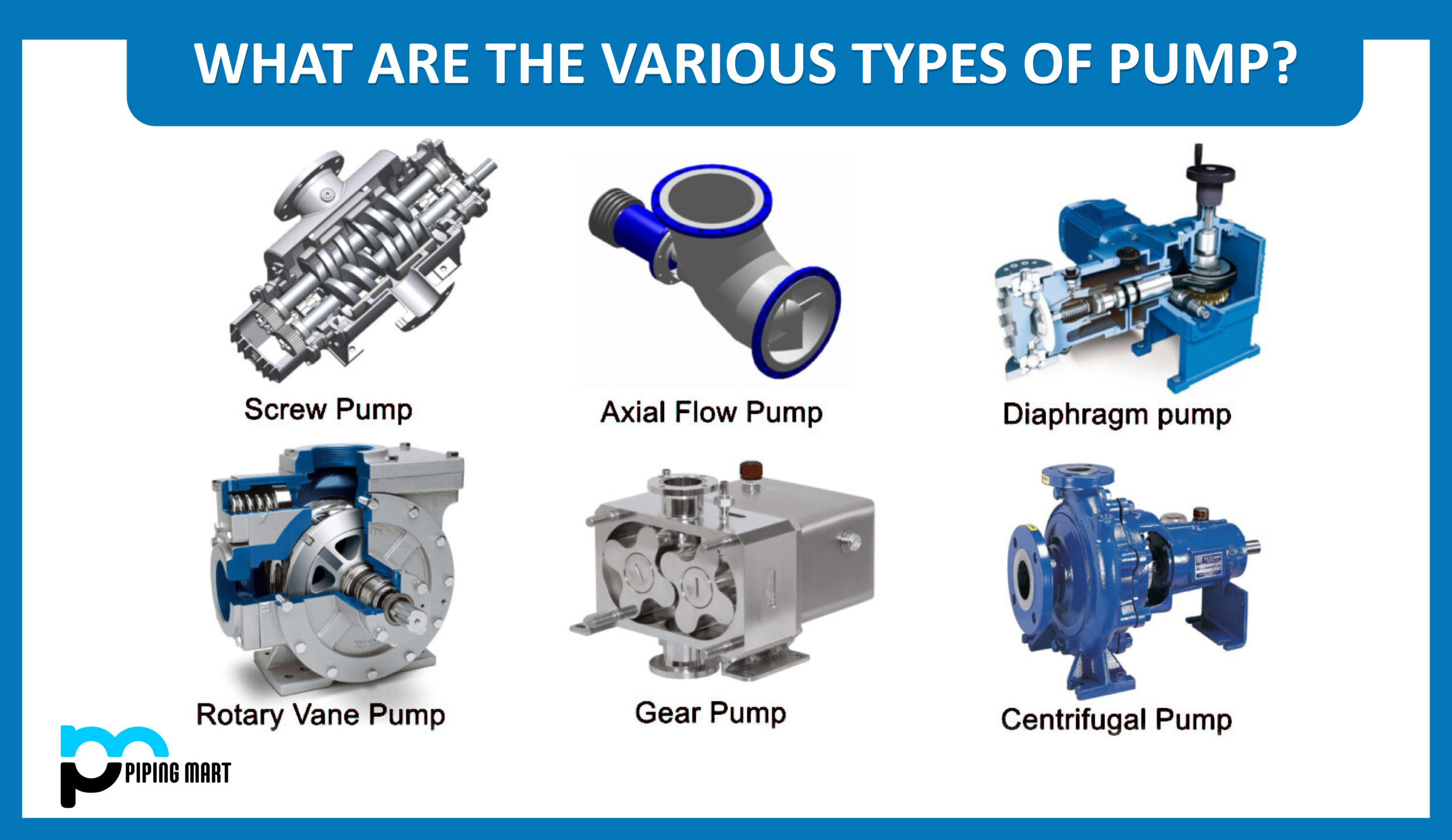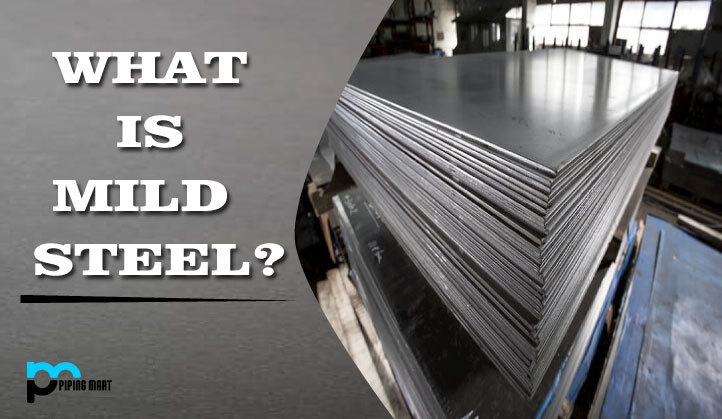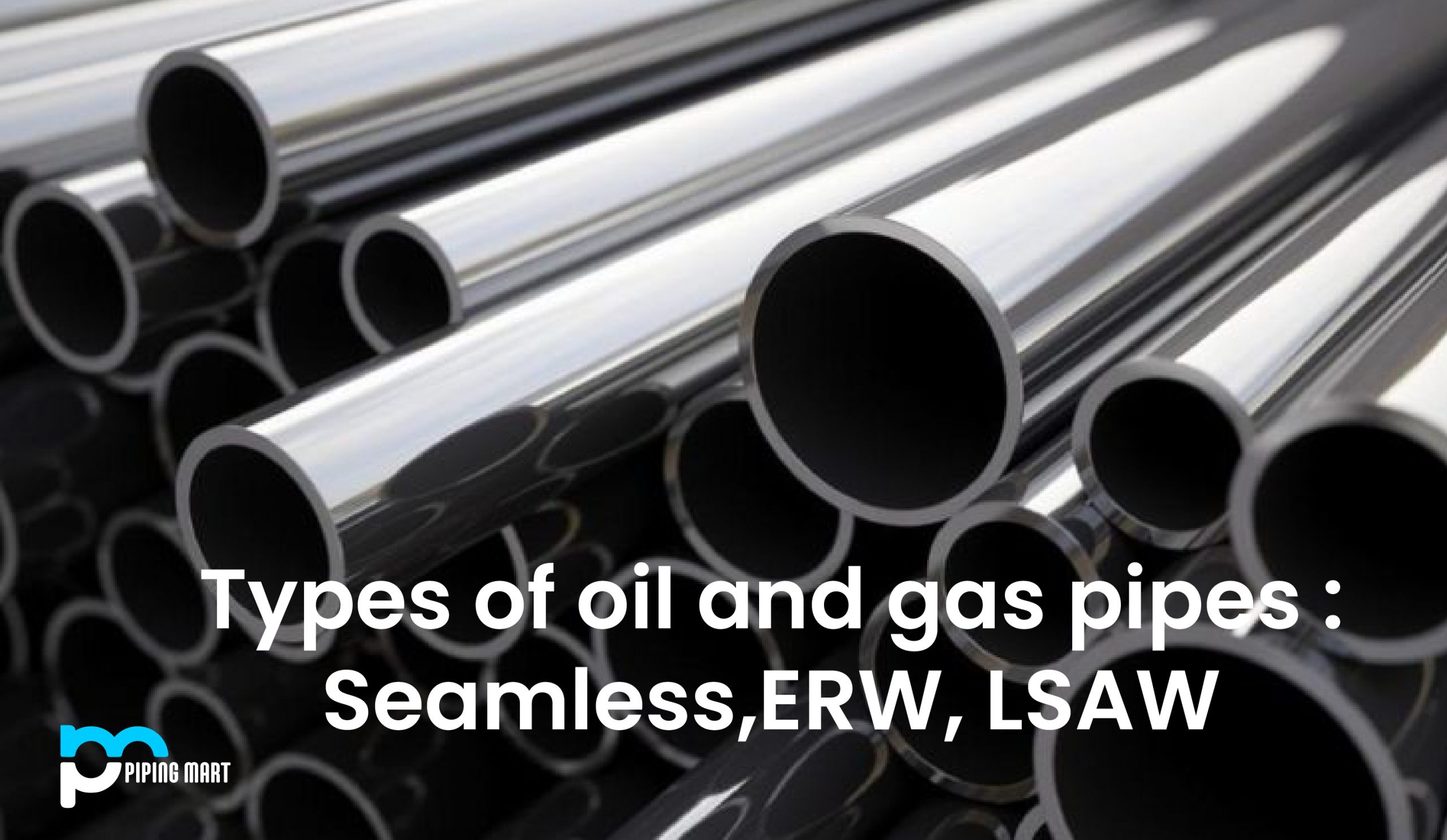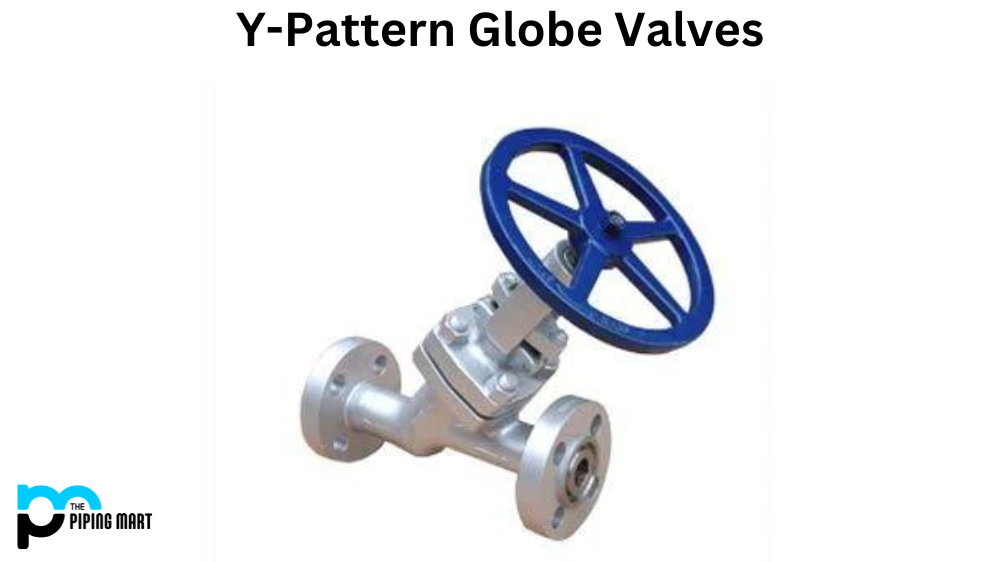What are pumps?
A mechanical device known as a pump transforms mechanical energy into hydraulic or fluid energy. Pump is a device that moves fluid from low pressure to high pressure. In other terms, pumps are the machinery used to move fluid from one location to another. Pumps are the workhorses of the industrial world and are used in many chemical-related applications. Pumps are used in many different industries that use chemicals in their processes, including oil and gas, petrochemical, food and beverage, and many more, in addition to chemical manufacturing facilities.
Types of pumps used in process plants
There are two types of pumps :-
-
Dynamic pump
- Centrifugal pump – High rotational velocities are produced by these pumps, transforming liquid kinetic energy into pressure energy. The fluid pressure will rise from the pump’s input to its exit whenever it is operating. The liquid will move throughout the system as a result of the pressure change.
- Vertical Centrifugal Pump – Cantilever pumps are another name for vertical centrifugal pumps. These pumps have a unique shaft and a construction that allows the volume to fall inside the pit because the bearings are located outside the pit.
- Horizontal Centrifugal Pump – These kinds of pumps have a minimum of two impellers, if not more. These pumps are used in the pumping industry. Fundamentally, every stage is a divide pump.
- Submersible Pump – These pumps are also known as sewage and stormwater pumps. Building services, residential, commercial, industrial, agricultural, municipal, and rainwater recycling applications are the principal applications for these pumps. These pumps are suitable for moving sewage, black water, grey water, rainwater, trade waste, chemicals, bore water, and food.
- Fire Hydrant Pump – Fire pumps, firewater pumps, and fire hydrant pump systems are other names for them. When a fire breaks out in an industrial setting, these pumps are made to provide water flow with great force and high pressure for use by firemen.
-
Positive Displacement Pump
- Diaphragm Pump – These are utilised for accurate flow metering applications and hazardous applications (where diaphragm rupture sensors are provided for detection of diaphragm rupture). The use of these pumps is restricted for very high viscosities. Another restriction is pulsations.
- Gear pump – These are utilised for low flow/metering service and very high pressures. The drawback of the gear pump is that during the meshing of the gears, abrasive particles in the fluid could cause gear attrition or damage.
- Piston Pump – Positive displacement pumps, such as piston pumps, use a piston to suck and release pressure. Wherever a strong, dependable pressure is required, these pumps are used. Plunger pumps are utilised for lesser flows, whereas piston pumps are used for moderate volumes.
- Lobe Pump – In the food and pharmaceutical industries, where regular cleaning and flushing of the pump internals is required, these are commonly used. As a result, there is little product damage because there is no metal-to-metal contact (the driven lobe is driven by timing gear). These pumps are appropriate for CIP (clean in place).
Thus, the pump has uses in a variety of industries, including power plants and process industries, after first being used in irrigation, water supply, gasoline supply, and other areas. It is also used in air conditioning systems, refrigeration, chemical transportation, sewage movement, flood control, and marine services. Pump usage is essential to process industries like refineries, oil and gas refineries, chemical plants, and petrochemical plants. That is why a process plant’s pumps are referred to as its “heart.”
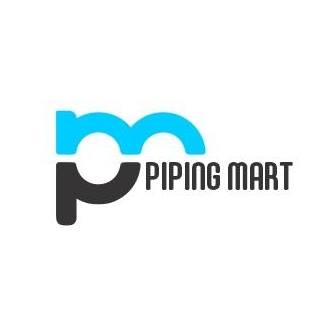
Pipingmart is B2B portal specializes in industrial, metal and piping products. Also, share latest information and news related to products, materials and different types grades to help business dealing in this industry.

